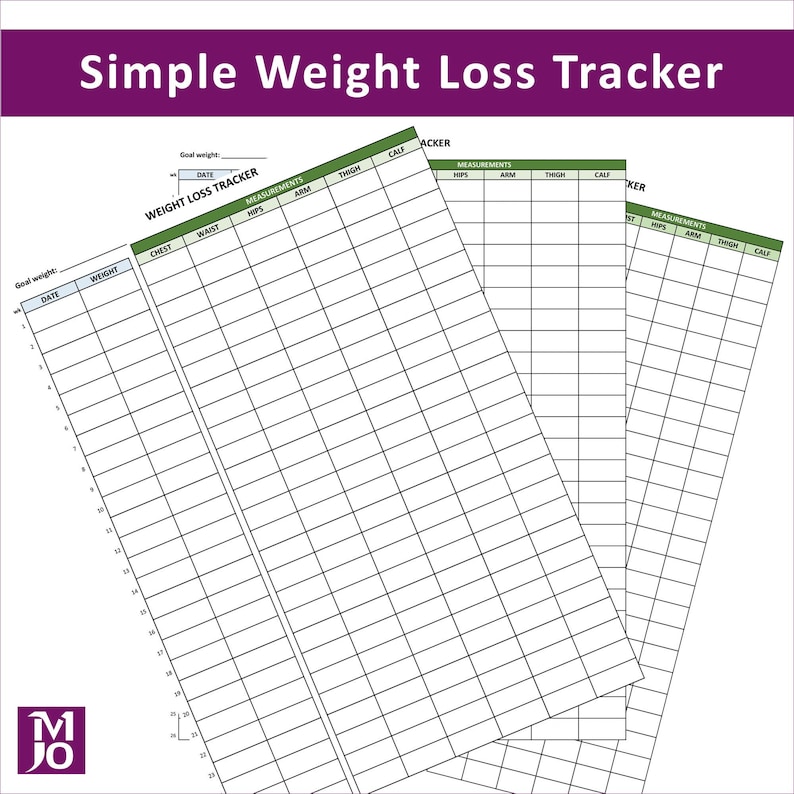

Having excess weight or obesity can contribute a slow build-up of a fatty substance (called atheroma) in your arteries.

People living with excess weight or obesity have an increased risk of developing: What are the risks of having excess weight or obesity? The risk of heart and circulatory diseases for people with these ethnic backgrounds increases if their BMI (body mass index) is higher than 23. Some ethnic groups have a higher risk of developing health problems at a lower weight: Your genes hold information that decides how you look and how your body works. These traits are carried in your genes which are passed down through families. It can also affect where you carry the fat, like around your tummy. Research shows that ethnic background can affect how much fat you have compared to muscle. Why does my ethnicity make a difference to my weight?

Women (African-Caribbean, South Asian and some other minority ethnic groups) Men (African-Caribbean, South Asian and some other minority ethnic groups) To have a healthy waist measurement, it should be: To have a BMI (body mass index) in the ‘healthy weight’ range, the BMI measurement should be between 18.5 and 24.9 for most adults:Īfrican-Caribbean, South Asian and some other minority ethnic groups In the UK, the recommended weight for an adult to be healthy depends on your height, ethnicity and whether you are born male or female. 0.6 or more – Highest risk of health problems.0.5 to 0.59 – Increased risk of health problems.It’s healthy to keep your waist to less than half your height. You can use this simple calculator to work out your waist to height ratio. It’s this type of fat (known as visceral fat) that increases your risk of health problems, because it sits around your organs. This will help you work out if you are carrying excess fat around your middle. If your BMI is less than 35, it is also recommended that you measure your waist to height ratio.
WEEKLY WEIGHT TRACKER CHART HOW TO
USE OUR WAIST MEASUREMENT TOOL How to work out your waist-height ratio To work out if your waist measurement is healthy, you can use our tool. Take your measurement again, just to be sure.Breathe out naturally and take your measurement where the tape meets.Place the tape around that point of your body and make sure the tape is tight but not digging into your skin.Find the halfway point between the bottom of your ribs and the top of your hips – this is usually just above your belly button.To work out your waist measurement, you can: Even if you have a healthy BMI, you might not have a healthy waist measurement. How to measure your waistĮxcess fat around your middle can increase your risk of developing health problems like diabetes, high blood pressure and coronary heart disease. If you think measuring your BMI isn’t suitable for you, your local GP or practice nurse can help you measure your weight. an elderly person who may have lost some muscle as you’ve got older.It might not be accurate for you if you are: And it doesn’t consider age, gender, different body shapes or that muscle weighs more than fat. This is because BMI can’t tell the difference between excess fat, muscle or bone. There are four BMI weight ranges:įor some people, BMI isn’t an accurate way to measure if they have a healthy weight. put those measurements into a BMI calculator.Ī BMI calculator will tell you which weight range you are in.measure your weight in stones and pounds or kilograms.measure your height in feet and inches or centimetres.They can help you work out if your weight could be affecting your health.īody mass index (BMI) is a measurement that works out if you have a healthy weight by using your height and the amount you weigh. There are three main ways to measure your weight. Watch our video about the risks of having excess weight or obesity in BSL.


 0 kommentar(er)
0 kommentar(er)
